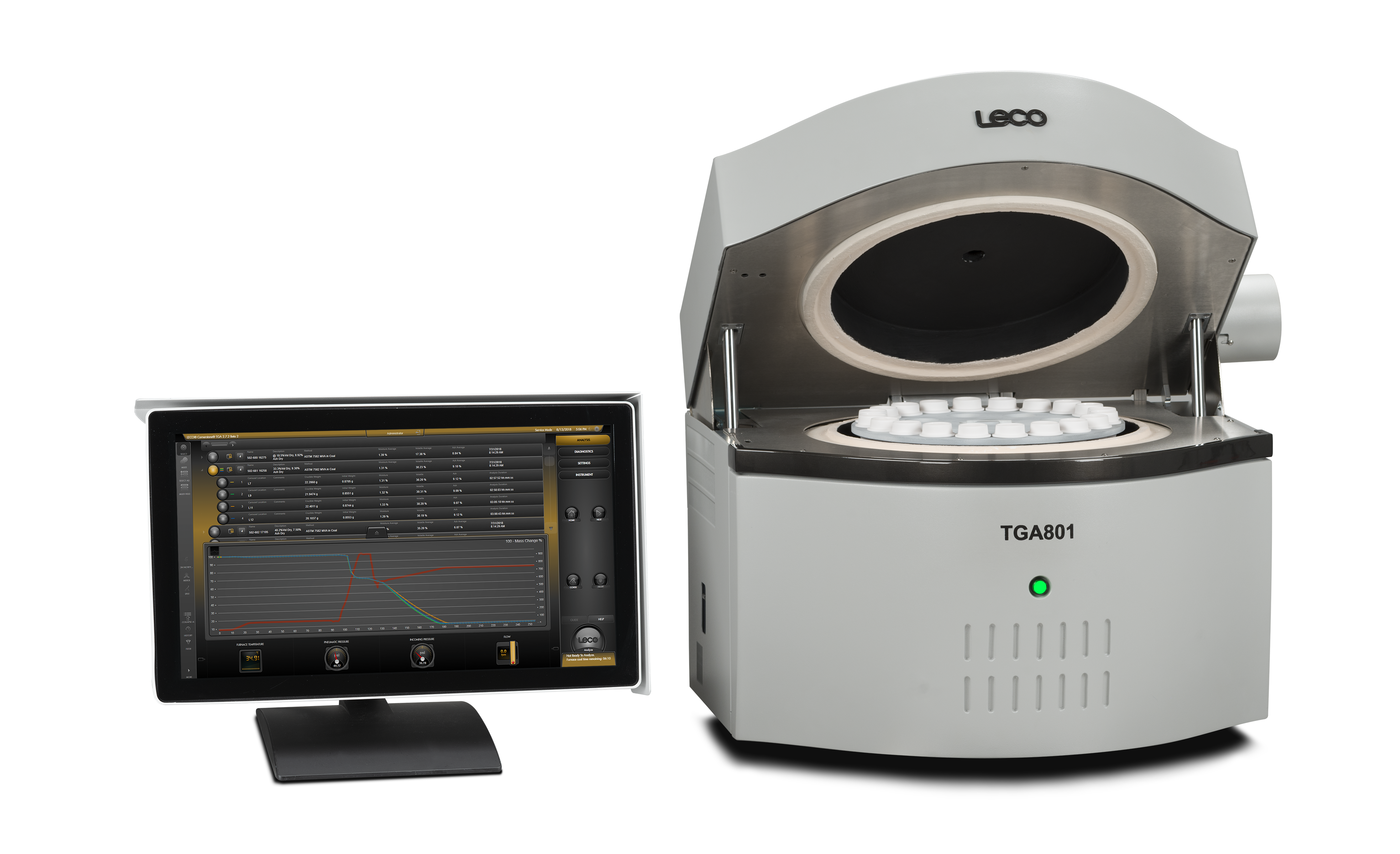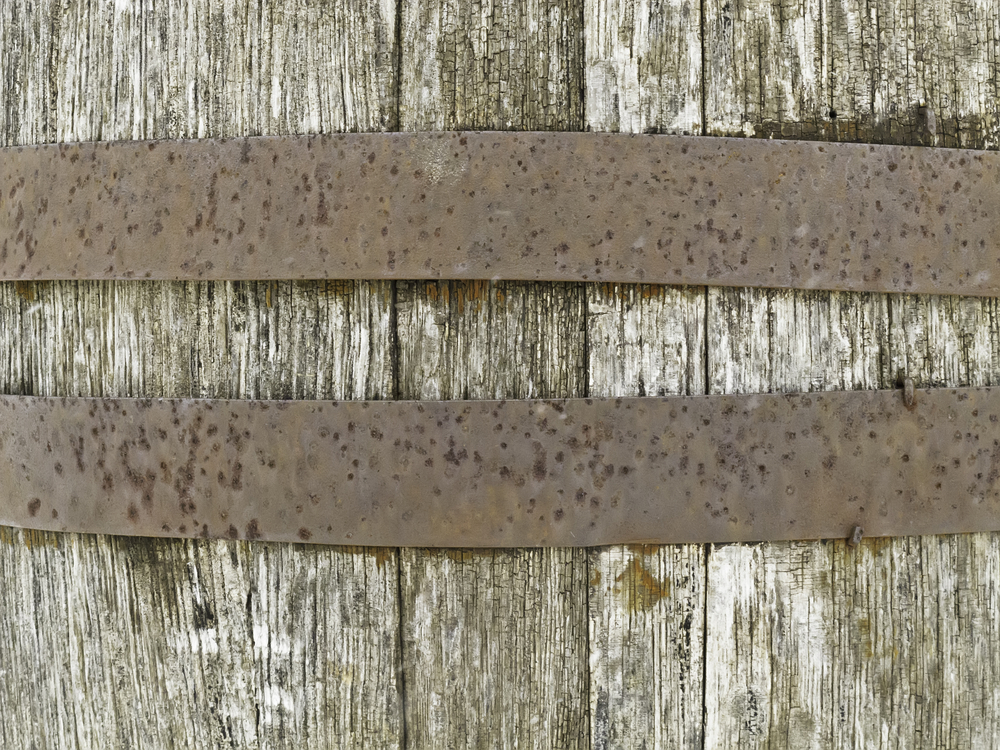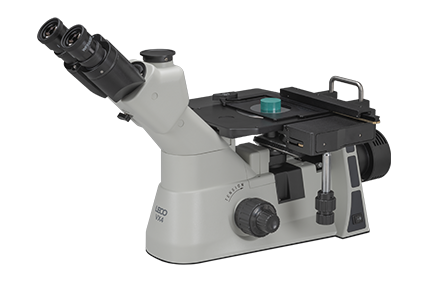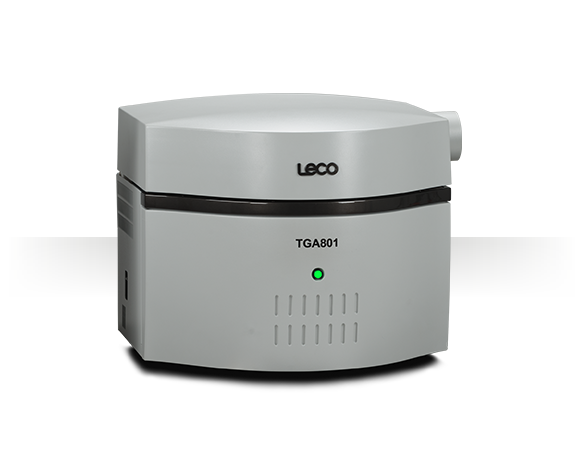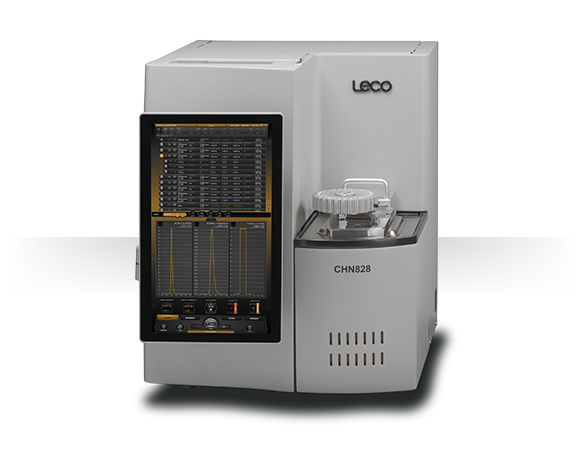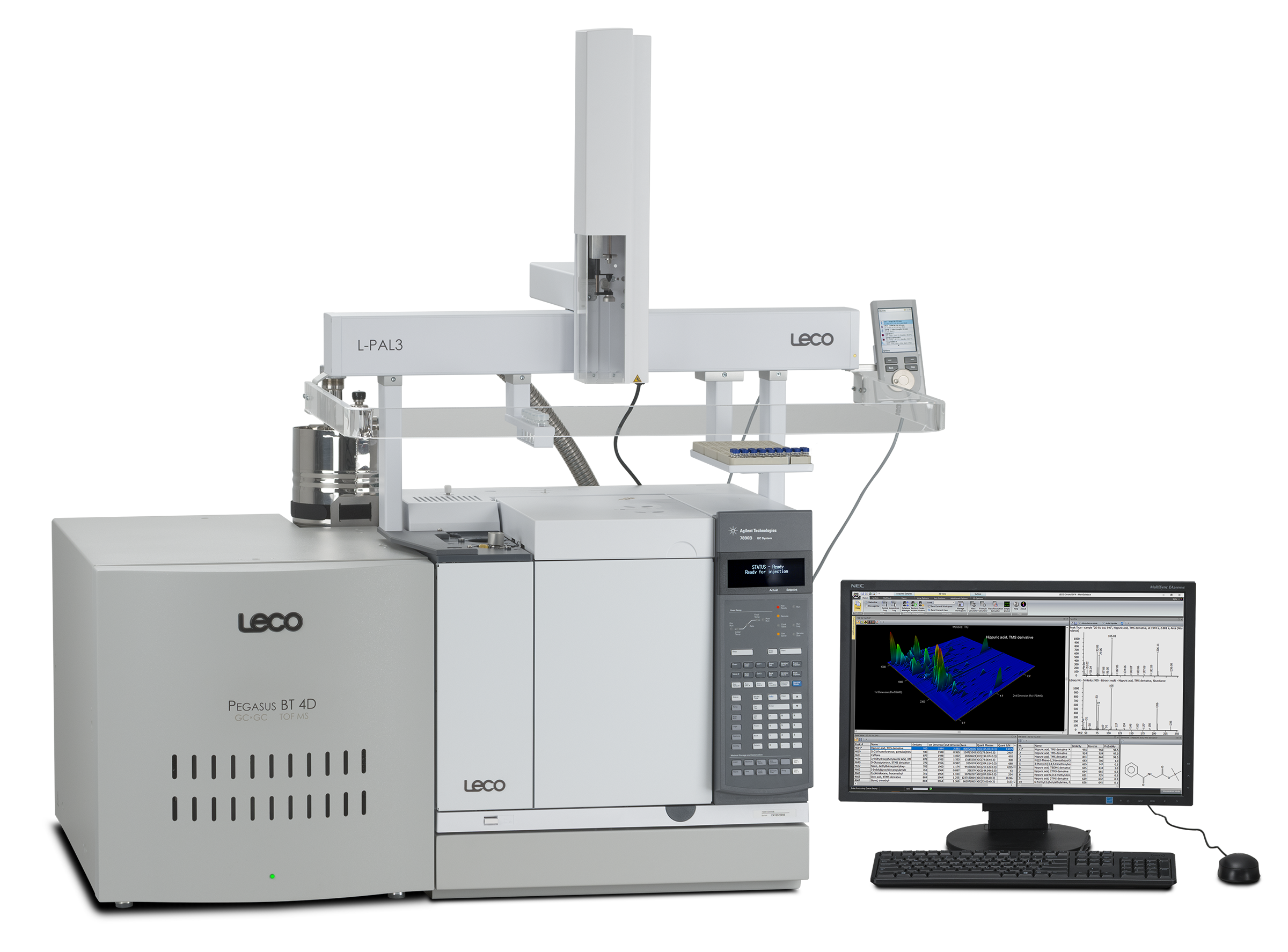Thermogravimetric analysis (TGA) first started in the early 20th century, and while the technology has advanced, the basic principles remain the same. With TGA, the rate of change of reactions in the chemical and physical properties of materials as functions of temperature or time is what is used to assess the properties of the sample materials. Most TGA these days is done with either micro TGAs (using milligram-size samples) or macro TGAs (using gram-size samples).
LECO Africa Latest News (Page 3 of 63)
Charred oak barrels that were once used to age bourbon have found new life as they get repurposed for a variety of foods and beverages to add a new flavor profile to familiar delicacies. But how much can an old bourbon-soaked barrel change the chemical makeup? LECO used ChromaTOF® Tile to differentiate regular and barrel-aged maple syrups and quantify the difference.
Topics: Separation Science Mass Spectrometry, Separation Science, Pegasus BT 4D, Mass Spectrometry, GCxGC, ChromaTOF Tile
When magnification was as simple as one eyepiece and one objective, finding your total magnification was as easy as multiplying the two values together. The addition of film brought a third value to the equation, but the result remained a static, concrete number.
And then along came the computer.
With a huge variety of video camera chips and monitor sizes and camera couplers and screen resolution, suddenly viewing something at 500X magnification became much more challenging. There was no way to take into account all of the permutations possible. For example, even if two systems were otherwise exactly the same, but one had a 23" monitor and the other had a 24" monitor, the magnification would be different.
It was time to replace the magnification focus with a different way of looking at things: the Field of View (F.O.V.)
Topics: Microscopes, Metallographic Science, Imaging
LECO recently said farewell to our former Corporate Metallurgist, Dave Coulston. Anyone who worked with our metallographic experts in the past fifteen years undoubtedly got to experience his expertise. In honor of Dave's retirement, we welcomed him onto LECO's podcast: Measured Science.
Topics: Metallographic Science
Bakelite, Lucite, epoxy, or acrylic? Hot or cold? Compression or castable? With all of the options available for mounting materials, it can be difficult to know which one is the best option for your sample or why it even matters. However, your choice of mounting material is important, and it can affect the final quality of your prepared sample.
Topics: MX Series, Mounting, Metallographic Science
Running and maintaining a full analytical laboratory can be more cost than a company can afford, but what other options are there for a small business looking for quality control and regulatory compliance? Independent testing and consulting laboratories groups such as the Tentamus Group, can fill that gap. One of its laboratories, bilacon, specializes in the safety of food, feed, food supplements, and cosmetics.
In a recent interview with eFOOD-Lab International, Benjamin Ende, a state-certified food chemist with bilacon, talked about the benefits of LECO's TGA801 thermogravimetric analyzer in his lab's day-to-day operations.
For years, environmentalists have known about the contamination of DDT in the ocean waters off the California coast. Montrose Chemical Corporation, the largest producer of DDT in the United States from 1947 until 1982, was infamously dumping chemical waste from their manufacturing process into the sewer system, contaminating the Palos Verde Shelf and eventually requiring the area to be designated as a Superfund site in an attempt to clean up the environmental damage. However, the known DDT contamination did not seem to be enough to explain the abnormally high cancer rates in the local sea lions.
Chasing a hunch, David Valentine, a professor of geochemistry and microbiology at UC Santa Barbara, dove deeper.
Topics: Separation Science Mass Spectrometry, Separation Science, Mass Spectrometry, Pegasus GC-HRT 4D, GCxGC, Environmental
The LECO Analytical Applications Poster Competition (LA2PC) 2020-2021 recently wrapped up, showcasing 15 incredible posters highlighting the applications of LECO instruments in our users' work and research. A hearty congratulations goes to our winners: Karl Hornsby, Martin J. Taylor, Vasiliki Skoulou | University of Hull, Peter Hurst | Biorenewables Development Centre – BDC, and Simon Walker | Jesmond Engineering Limited. Their poster, "Pretreating lignocellulosic biomass wastes for the next generation of solid fuels" is a fantastic look into the search for new solid fuels.
Topics: Elemental Analysis, Separation Science, Events, Poster, Metallographic Science
LECO announces the addition of hydrogen analysis capabilities to the 828 series, which will transform the way users determine carbon, hydrogen, and nitrogen in a variety of petrochemical and other organic materials. The CHN828 maintains the core capabilities and performance of previous generations of LECO macro combustion instruments while possessing key improvements in throughput, uptime, and reliability. By incorporating state-of-the-art hardware and an on-board touch-screen software platform with rapid analysis times, the CHN828 operates at a low cost-per-analysis and allows users to easily handle the most demanding sample applications.
Topics: 832 Series, 828 Series, Organic
Food contamination by mineral oil hydrocarbons (MOH), which is usually separated into the subclasses of MOSH (Mineral Oil Saturated Hydrocarbons) and MOAH (Mineral Oil Aromatic Hydrocarbons), is a growing concern across the EU and the world. In 2012, the European Food Safety Authority flagged them as a potential health concern, and the increasing research since then has only been expanding our understanding of these hydrocarbons. However, the two main analytical methods suggested to quantify these substances, either an off-line method consisting of a solid phase extraction (SPE) followed by a GC-FID analysis or an on-line, LC-GC-FID method, both can result in inaccuracies and leads to challenges in the end results. Some of these inaccuracies are due to the lack of a strong and robust confirmatory method. However, a GCxGC-TOFMS system, like LECO's Pegasus® BT 4D can help unveil the complexity of contaminated food samples. It has also been suggested by the EFSA to be used as a confirmatory tool in case of uncertain results from other standard methods.
Topics: ChromaTOF, Separation Science Mass Spectrometry, Separation Science, Pegasus BT 4D, Mass Spectrometry

